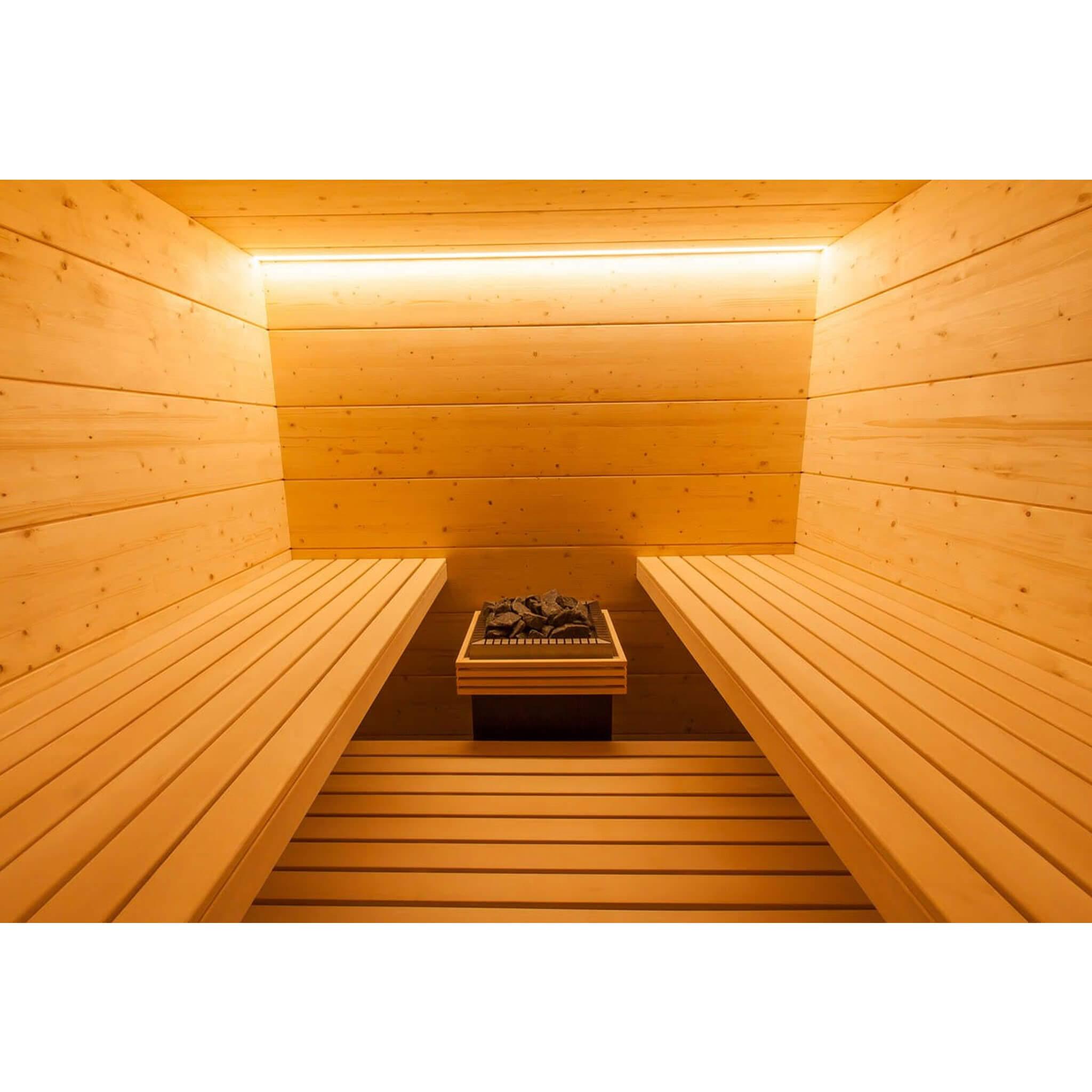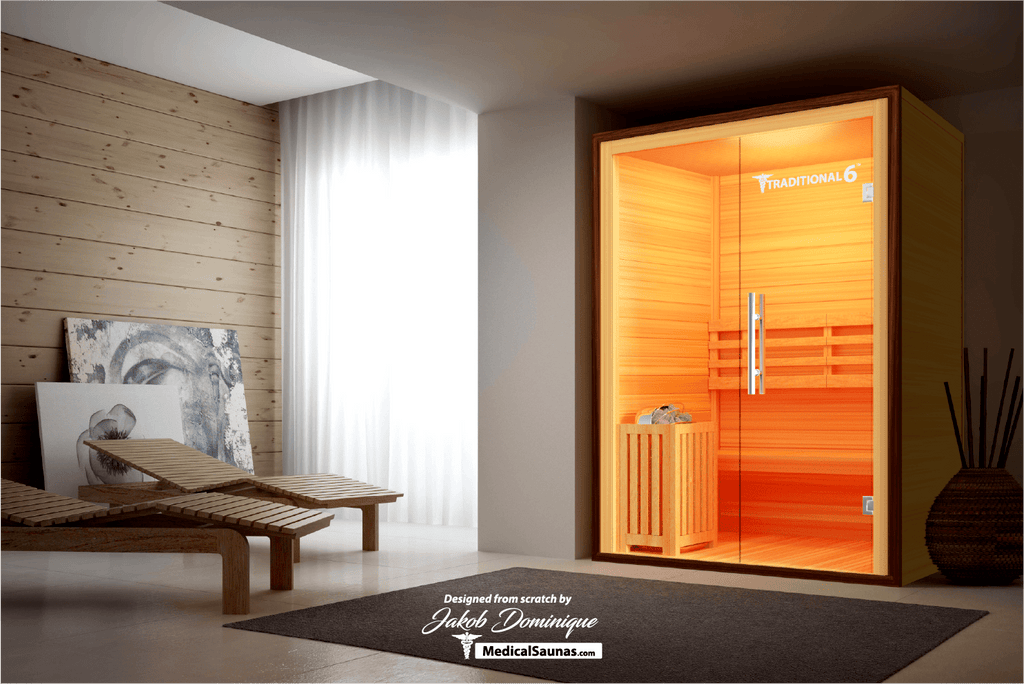3 Simple Techniques For Traditional Sauna
Wiki Article
The Basic Principles Of Traditional Sauna
Table of ContentsRumored Buzz on Traditional SaunaTraditional Sauna for BeginnersGetting My Traditional Sauna To WorkA Biased View of Traditional SaunaThings about Traditional Sauna
Many of the weight lost in a sauna is water loss and is re-gained upon rehydrating. Without an uncertainty sauna can be a crucial component of a healthy and balanced weight loss program. To take a look at the differences in between conventional and IR saunas, I will certainly separate these into verifiable, theoretical, and made distinctions.Thus, the most popular point in the saunawhich is at the ceiling directly above the sauna heateris commonly between 185 and 190 F. Claims that a conventional sauna surpasses 200 F is just not true and not appropriate for electric saunas offered in the US. The temperature for a far-infrared sauna is generally established in between 120 and 140 F; nonetheless, unlike the standard sauna, the objective in and IR area is not to attain a high temperature level.

When a conventional sauna has been appropriately heated, the sauna wall surfaces are cozy, the air temperature level has accomplished established temperature level and the rocks are extremely heated. As an interesting side note, the warmed wall surfaces and the rocks are sending out far-infrared warmth, integrated with the warmed air, to develop an "wrapping up warmth".
Get This Report on Traditional Sauna
When the high temperature is achieved, the components cycle on and off to preserve the heat. Most traditional sauna individuals appreciate pouring water over the rocks to produce steam to raise sauna moisture degrees. The benefits of pouring water over the rocks include: making the space much more comfortable, moistening the nasal passages, and allowing the use of aromatherapy by mixing necessary oils with the water.

When the power enters the body, it triggers the body temperature to increase and ultimately causes sweating. In an infrared sauna it is necessary for the emitters/heaters to stay on practically constantly. Given that there is no mass of rocks to maintain heat, the sauna will cool down if the emitters shut down.
The Buzz on Traditional Sauna
As pointed out over, the sauna bather in an infrared area wants to place himself in front of operating emitters to obtain optimal gain from the warm. The home heating time for the two areas can be very different, depending upon just how the spaces are used. For a traditional sauna, a bather needs to permit 30-40 mins for the space to achieve a desired temperature and to appropriately pre-heat the rocks.
A well built sauna will generally achieve a temperature of 150-160 F in regarding 30-40 mins. For hotter temperatures, the area might require to warmth for read review a longer period.
To some, 15 minutes was "squandered" while the infrared energy heated the wood panels instead of heating a body, while others find a pre-heated area to be extra comfy and believe a raised beginning temperature is needed to start perspiring. The size of recommended usage for each and every area is around the very same (10-15 mins per session); however, because of the lower air temperatures and the capacity to feel the impacts of infrared heat faster than a typical sauna, it is not unusual for a person to spend a total amount of 20-30 mins in an infrared sauna.
An Unbiased View of Traditional Sauna

The average cost per kWH of power in the U.S. is around $0.11, so a 4.5 kW heater will certainly cost roughly $.50 to compete one hour, if the heater runs constantly for one hour. Generally a sauna heating unit will certainly run for 75% of the very first hour and 50% of subsequent hours on given that the elements cycle once the set temperature level is accomplished.
A 2 person far-infrared room is normally literally smaller sized than a standard sauna, usually about 4' x 4' or smaller. The IR heater is usually 1.5-1.7 kW making use of a 120 volt 15 amp plug-in published here solution. Since the room can be made use of faster than a sauna area, we will certainly think the area is made use of for to of an hour including warm up time.
There is a hardly ever talked about distinction in the social experience in between the 2 spaces. While our culture has lost a few of the social advantage of the traditional sauna experience, it can be very socially fulfilling (Traditional Sauna). From household time in the sauna, to heart-felt conversations with better halves, to sauna partiesthe traditional sauna experience can lead to intimate socializing
The Only Guide for Traditional Sauna
Many greater end infrared areas include tinted visite site light therapy, audio systems and full-glass fronts.Report this wiki page